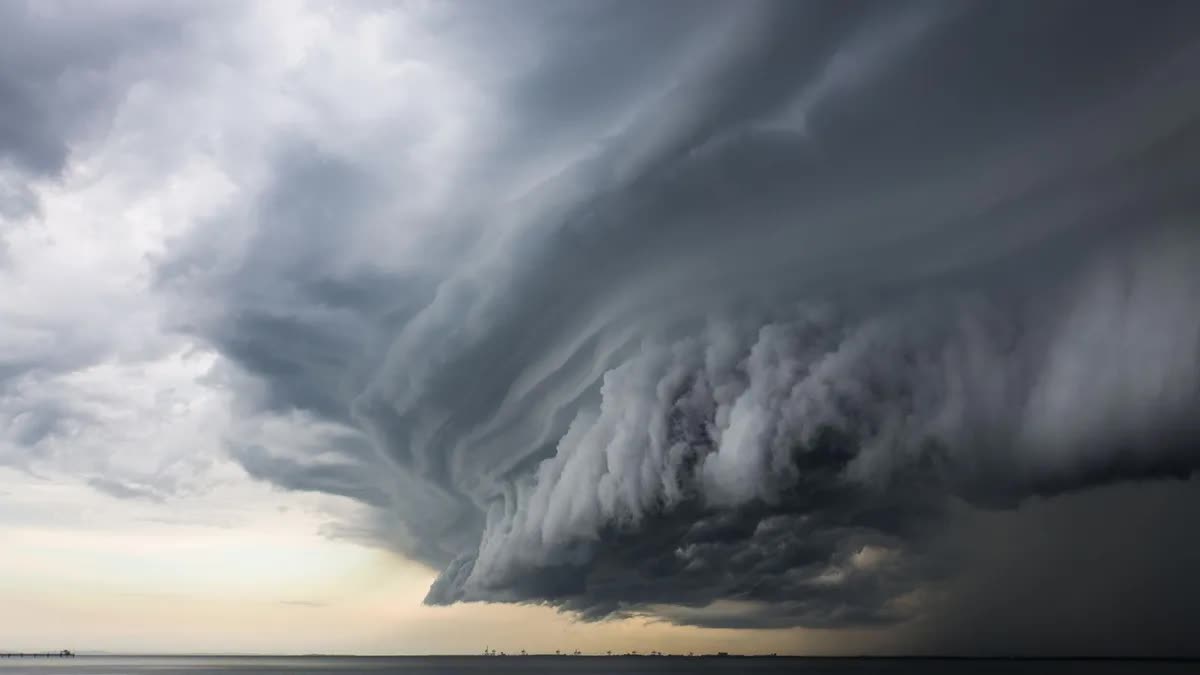It was possible to make rain by using a drone to discharge electricity into the clouds
- Tram Ho
According to Interesting Engineering, scientists have just successfully performed an experiment that demonstrates that electrical discharges into a cloud can produce rain, when the size of water droplets in the cloud changes. Accordingly, this new experiment will help support saturated clouds to turn into rain.
“An electric charge can slow evaporation, even causing water droplets to explode because the electric force exceeds the surface tension that holds them together,” said Giles Harrison, study leader and professor of gas physics. volume in the meteorology department of the University of Reading, UK, explains.

A team from the University of Reading (UK) believes that the discharge of electricity into the cloud can help water droplets stick together and accumulate weight. Because water droplets in clouds are larger than fog droplets, they are more likely to collide with each other.
To demonstrate this, in an experiment conducted in Somerset, England, a drone was controlled to fly in a horizontal circle over the study area. Positive and negative charge generators are switched on alternately, while the drone’s built-in optical sensor monitors changes in the visible radiation below.
According to the results of the study, the number of water droplets formed increased when the drone released a negative or positive charge.
Experiments show for the first time that electrical discharges from drones can provide a new way to create artificial rain. They help drive rain-releasing clouds in arid regions like the Middle East and North Africa.
Specifically, we affect clouds and fog without having to worry about the chemical by-products that are often found in artificial rain (also known as cloud seeding). A substance called silver iodide (AgI) is commonly used in cloud formation to help ice crystals grow, creating rain. Low amounts of silver iodine are found naturally in the environment, with no negative effects on humans.
The US National Oceanic and Atmospheric Administration counts more than 50 programs that have tracked man-made rain activity in the country since 2000. Wyoming spends up to $700,000 a year on a rain-making initiative. However, the experiment by Harrison and his colleagues creates an alternative to artificial rain, making them happen more ‘in harmony’ with nature.
Check out Interesting Engineering
Source : Genk
